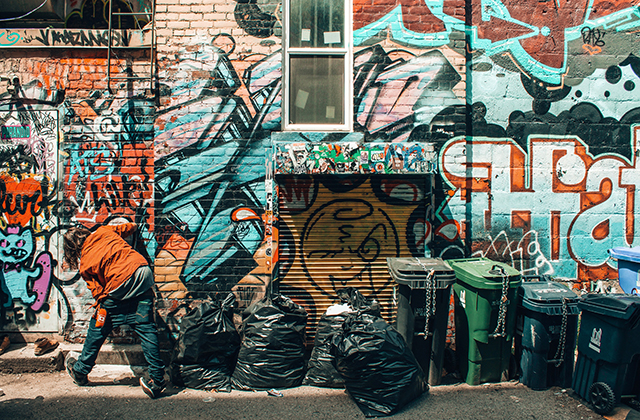How we can improve our waste segregation?
In modern society, waste segregation is a process of separating our waste into three categories: compostable, recyclable and non-recyclable. It has become a vital part of our daily lives as the amount of waste we generate every day is on the rise. Skip hire Adelaide provide skip bins to assist with rubbish & waste removal for builders, renovators, residents & businesses throughout the entire Metropolitan Area.
However, not everyone practises it well. We still see many people throwing their waste into indiscriminate bins like cigarette butts, paper cups and even plastic bottles. This wastes both time and resources in sorting them out again.
So what can we do to improve our waste segregation? First of all, we should educate ourselves about the correct way of segregating waste before we start doing it at home or in our offices. For example, one should know that there are two types of plastics: biodegradable ones like PET (Polyethylene Terephthalate) bottle caps which can easily degrade within 3-6 months while non-biodegradable ones like Styrofoam containers will take at least 500 years to decompose in landfills. Therefore, biodegradable plastics should be thrown into green bins while non-biodegradable ones should be placed in red bins.
The waste segregation system in the Philippines is a mess. A lot of people don’t thoroughly follow the basic rules, and that results in our garbage bins being contaminated with recyclable items. This causes a headache for collectors, as they have to manually sort through all of the trash to segregate it properly. So today I’m going to share some tips on how we can improve our waste segregation.
The first tip is to always put recyclable items in a plastic bag before throwing them away. With the way things are right now, if you throw your recyclables barehanded into a bin dedicated for non-recyclables, then it will just get contaminated along with everything else. So always put your recyclables in a plastic bag first, and throw it away separately from any other trash.
My second tip is to check where you dump your trash. Some places have specific bins dedicated for recyclables, but others don’t provide any at all. If you go to a place like that then it’s best to bring a small plastic bag with you and just hold on to your recyclables until you find somewhere more suitable to dispose of them.
It seems that we just can’t win. If we put our garbage in the trash can, it goes to a landfill where will never biodegrade — and if we try to compost it, we have to sort it perfectly or it won’t decompose properly in the yard bin. But what if there was a middle option? In San Francisco, they’ve been finding success with their “compostable” garbage bags. These special bags are made from corn starch, which is naturally biodegradable and are thick enough to hold your compost without breaking apart. In fact, these bags are so sturdy that they last for about two years! However, it can still be difficult to separate out the compostable materials from the rest of your trash.
In order to make this whole process easier for everyone involved, the city of San Francisco came up with a brilliant idea: instead of having separate bins for different types of waste like most cities do (one for recycling and another one for compostable materials), they decided that all residents should use only one receptacle per household—a green one marked “compostable.” All households were required by law to participate in this program as part of their efforts towards becoming more sustainable.
The waste segregation is the process of dividing waste into different categories. It includes separating recyclables from non-recyclable and hazardous materials, putting food wastes separately from other packages, e.t.c. Waste segregation is important because it saves resources and reduces environmental pollution. It also helps to improve the productivity of recycling facilities and reduce their costs.
There are many ways to improve our waste segregation, but we can choose one or two that fit our daily life best. For example, we can put our garbage into different bins, use some reusable bags when we go shopping, buy in bulk instead of single-use packages and so on. These simple changes can greatly help the environment and ourselves, so just take a little effort for this important issue!
The rubbish that we dispose of everyday is called wastage. The waste can be segregated into two types: biodegradable and non-biodegradable. As a child, I was taught in the classroom that the best way to get rid of the waste was to burn it in an isolated place which is away from any human dwelling. When I asked my teacher why we needed to burn the waste, she said that if we did not do so, it would cause a stink and would also attract flies, mosquitoes and other insects. This would result in a disease spreading amongst the people residing close to the dumpyard. I did not really understand why waste-segregation was important but now that I am older and more educated about it, I can explain what my teacher meant. Firstly, separating biodegradable from non-biodegradable waste is necessary so that recyclers can easily identify which objects need to be recycled and which ones do not. Secondly, it helps us manage our garbage better because we would know exactly how much waste we have disposed of and what kind of waste it is. Thirdly, segregating our garbage will help us keep our environment clean which will then lead to healthy living conditions for all human beings on Earth!


